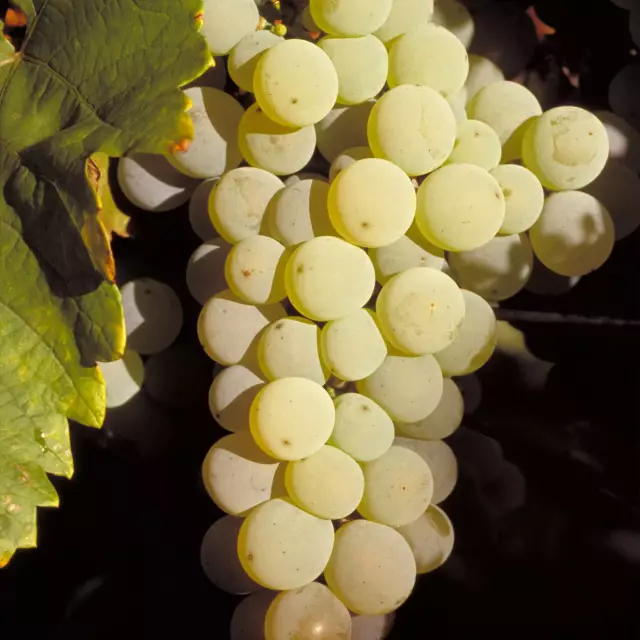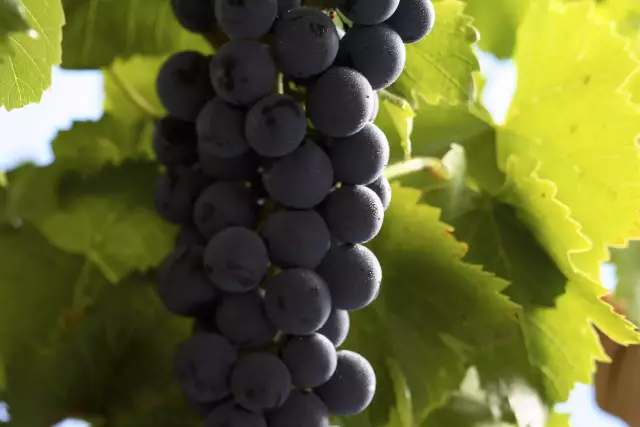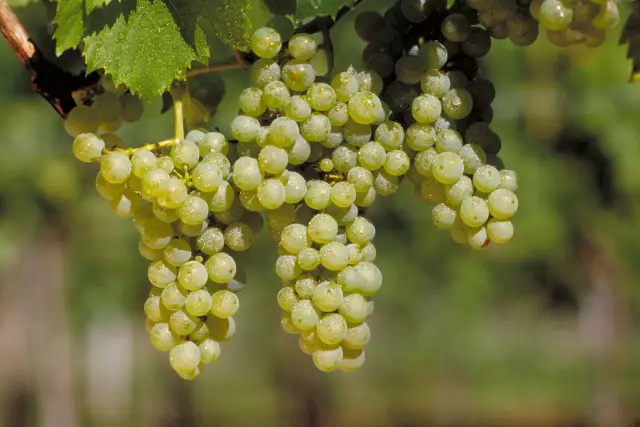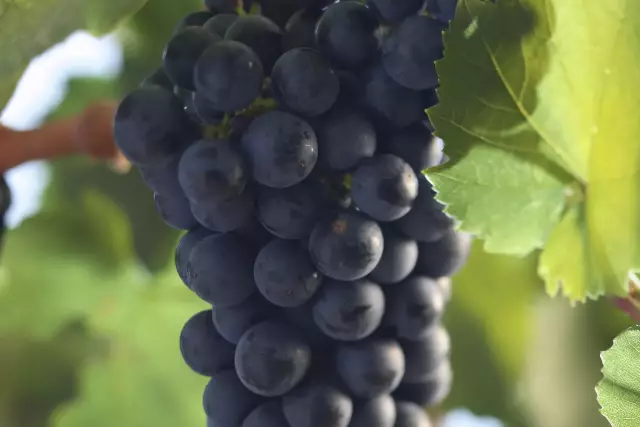Elbling

Elbling is one of the oldest cultivated white grape varieties in Europe The winegrowers on the Upper Moselle refer to a 2000-year cultivation tradition.
Facts
-
2000
years of cultivation tradition
-
440 ha
Vinyard area 2023
-
5 percent
Vinyard area planted with Elbling on the Moselle are Elbling vines
Cultivation
The shell limestone soils predominant in the Upper Moselle region already indicate the soil preferred by the grape variety. Although the early-ripening variety does not make great demands on the site, it best maintains its typical freshness on shell limestone. The variety requires attention in plant protection, as the thin-skinned grapes are at risk of Oidium and also Peronospora. Mostly, Elbling yields enough, sometimes plenty, especially in the quality wine segment. Occasionally, qualities in the Kabinett and Spätlese ranges are also produced.
Significance
Statistically, with 440 hectares in 2023, Elbling accounts for 0.4% of the German vineyard area. In the Mosel wine-growing region, however, it accounts for five percent with 425 hectares, making it the third most important white grape variety. The grape variety thrives particularly on the southern course of the Moselle, the so-called Upper Moselle southwest of Trier, and on the slopes of the Sauer. The trend in cultivation is slightly downward.
Taste
Lightness, effervescence and freshness characterise wines and sparkling wines from the Elbling grape variety. This makes them uncomplicated thirst quenchers for beautiful summer days. The quality wine of guaranteed origin "Obermosel Elbling trocken", bottled in white Schlegel bottles, meets higher sensory demands and delivers a consistent taste picture. It is recommended with hearty snacks, but also with fish and seafood.
History
Elbling is one of the oldest cultivated white grape varieties in Europe. The Romans probably called it "Vitis alba", the "white vine". Linguists assume that the word "Elbling" was formed from the word "alba" via the terms "Alben" and "Elben". Historians are of the opinion that the Romans brought Elbling to Germany 2,000 years ago, but a diversion via Gaul is also considered possible. For centuries, from the Middle Ages to the 19th century, Elbling was widely cultivated in Germany, its neighbouring regions and also in Eastern Europe. It is assumed that the abolition of tithe wines, for which Elbling was popular because of its rich yields, favoured the decline of Elbling. Today it is a speciality in the German wine landscape, almost exclusively grown on the Mosel. The winegrowers of the Upper Moselle in particular can point to a 2000-year tradition of cultivation.
At a glance
- The rarely found "Rote Elbling" is also considered a white wine variety and produces extract-rich, salmon-coloured wines.
- thin-skinned grapes with good yields in the quality wine range
- early ripening variety no great demands on location, prefers shell limestone
- Aroma: delicate fragrance, reminiscent of apple
How does the term "debt payer" relate to Elbling?
Debt payer "is the colloquial term for grape varieties with high yields. In Germany, the term is also an synonym for the grape variety Weißer Elbling, which was often used to pay the due "tithe".
Wineries Wineries in the area
-
Show
Weingut Schuh




